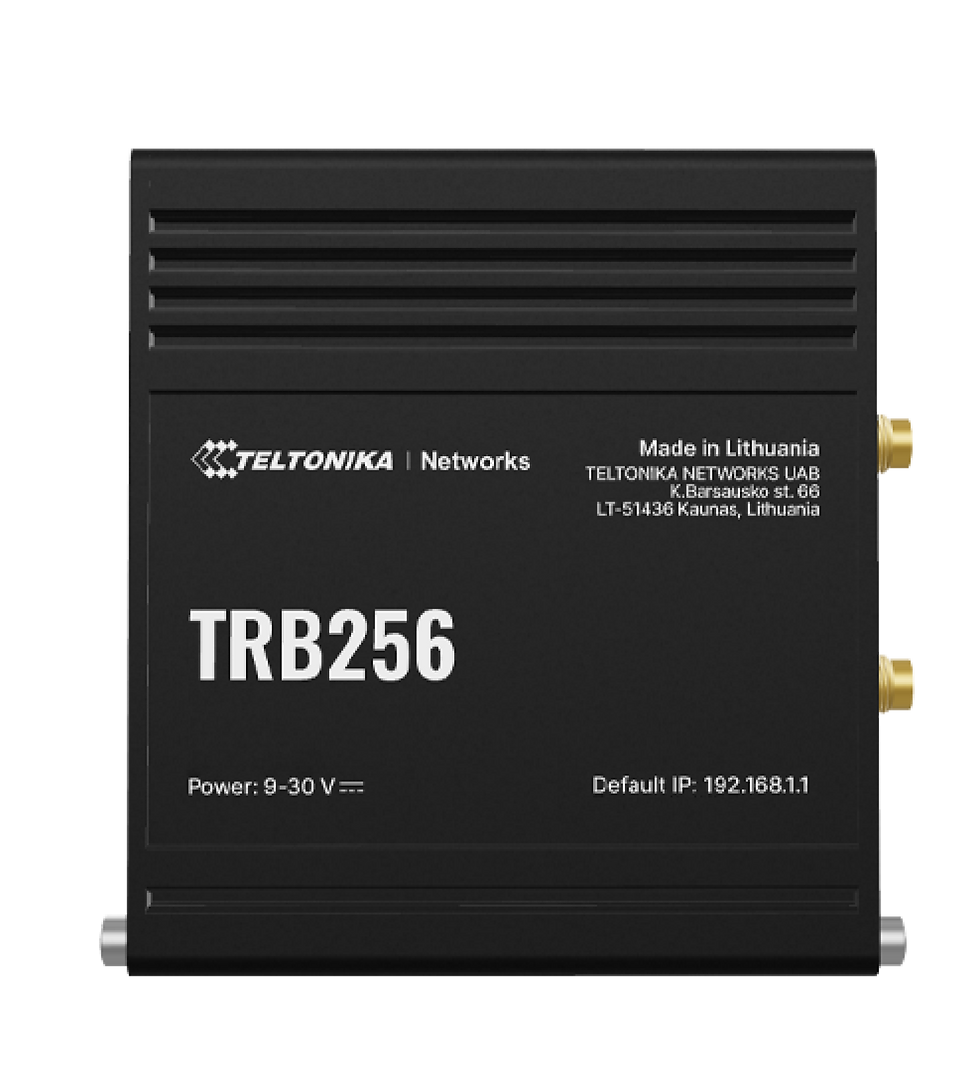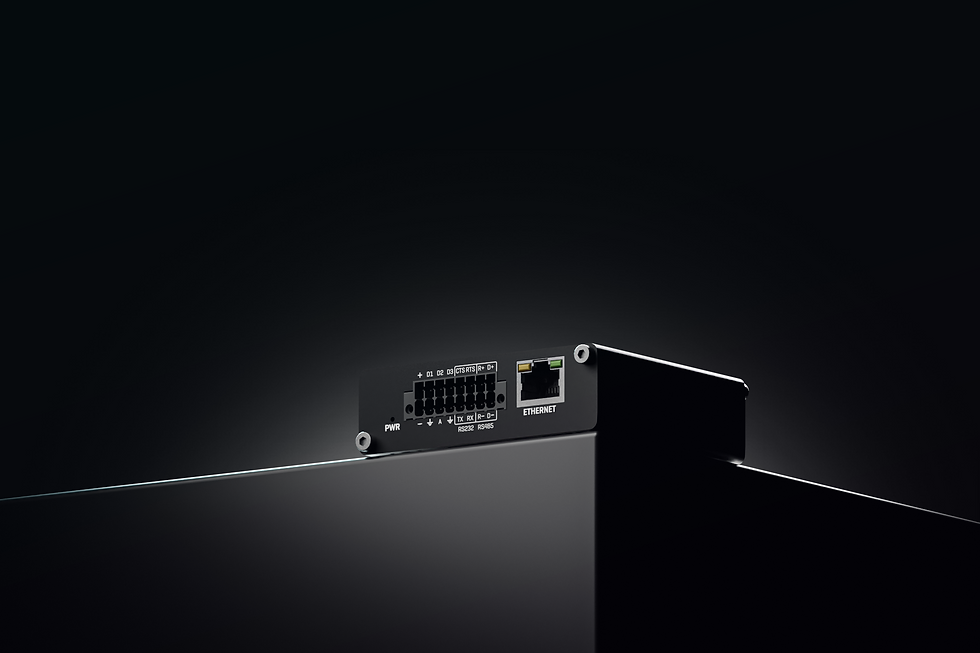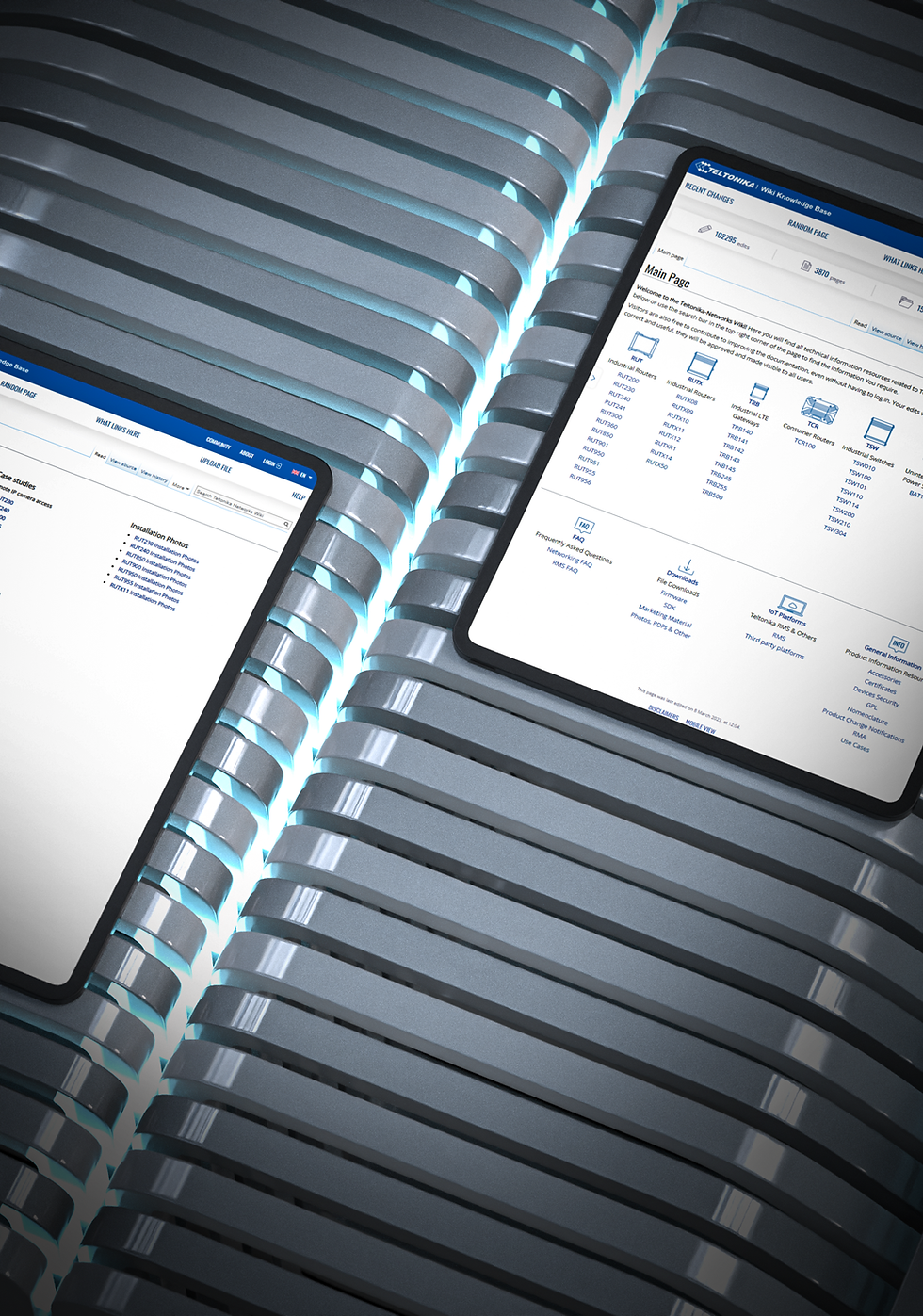TRB256
Industrial NB-IoT Gateway
The TRB256 is an industrial 4G LTE NB-IoT gateway designed to be applied to a broad range of IoT solutions. The device is equipped with multiple interfaces, such as I/Os, RS232, RS485, and an Ethernet port, additionally boasting dual SIM functionality for continuous connectivity. This industrial-grade gateway also supports the 450 MHz frequency band, offering superior LTE signal penetration compared to standard frequencies, making it an optimal choice for a diverse range of M2M applications.
CONNECTIVITY
4G/LTE Cat M1/Cat NB1, NB2/EGPRS
450 MHz BAND
Greater LTE signal penetration and increased connectivity coverage
DUAL SIM
Auto-failover, backup WAN, and more switching scenarios
INTERFACES
Ethernet, I/Os, and Serial (RS232, RS485) interfaces with 16-pin terminal block
3d model

PRODUCT GALLERY

introduction video
qsg video



MORE PHOTOS
features
downloads
ordering
support
features
Certifications
downloads
ordering
support
Title
Spec title
Spec text
Spec title
Spec text
Title
Spec title
Spec text
Spec title
Spec text




.png)





